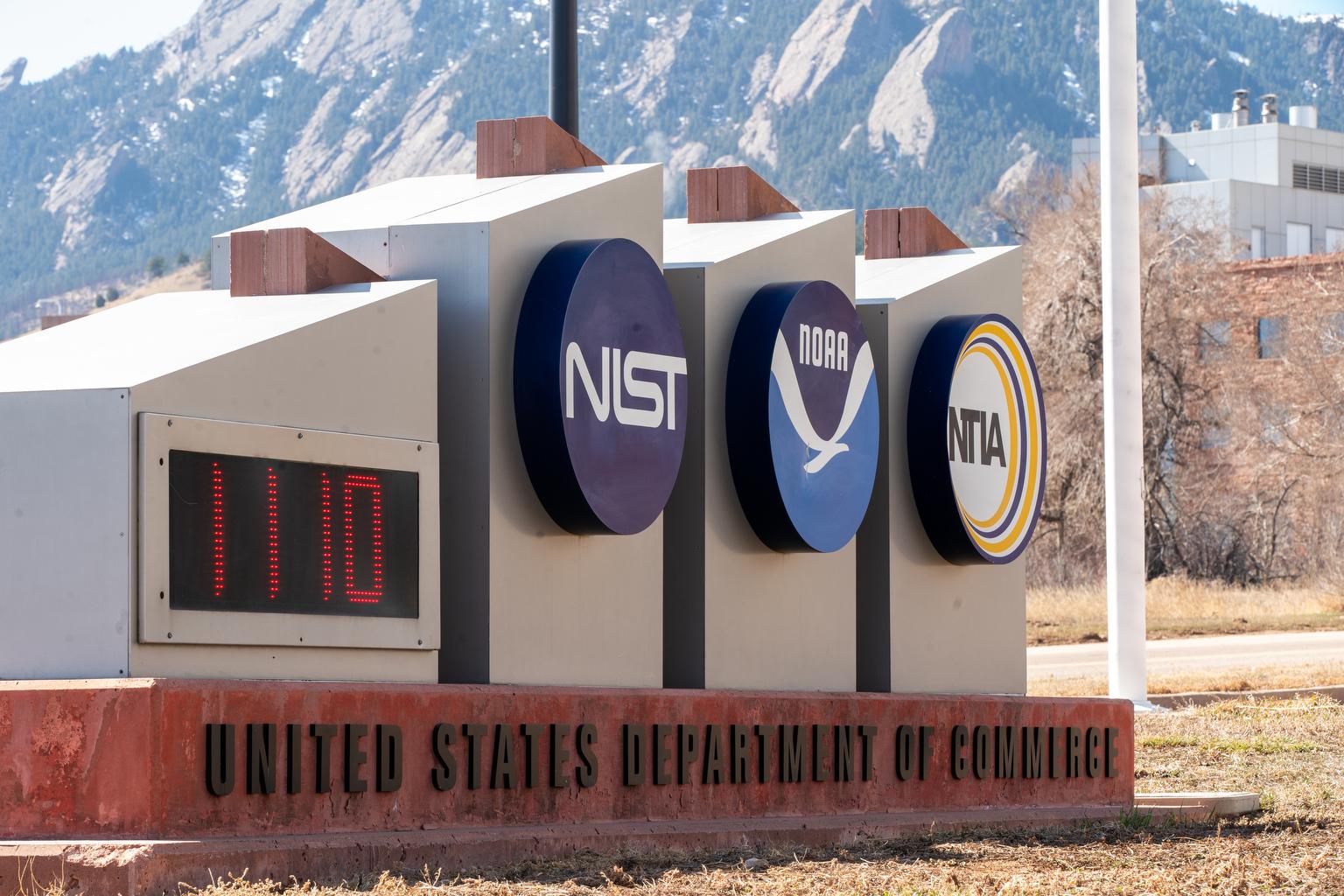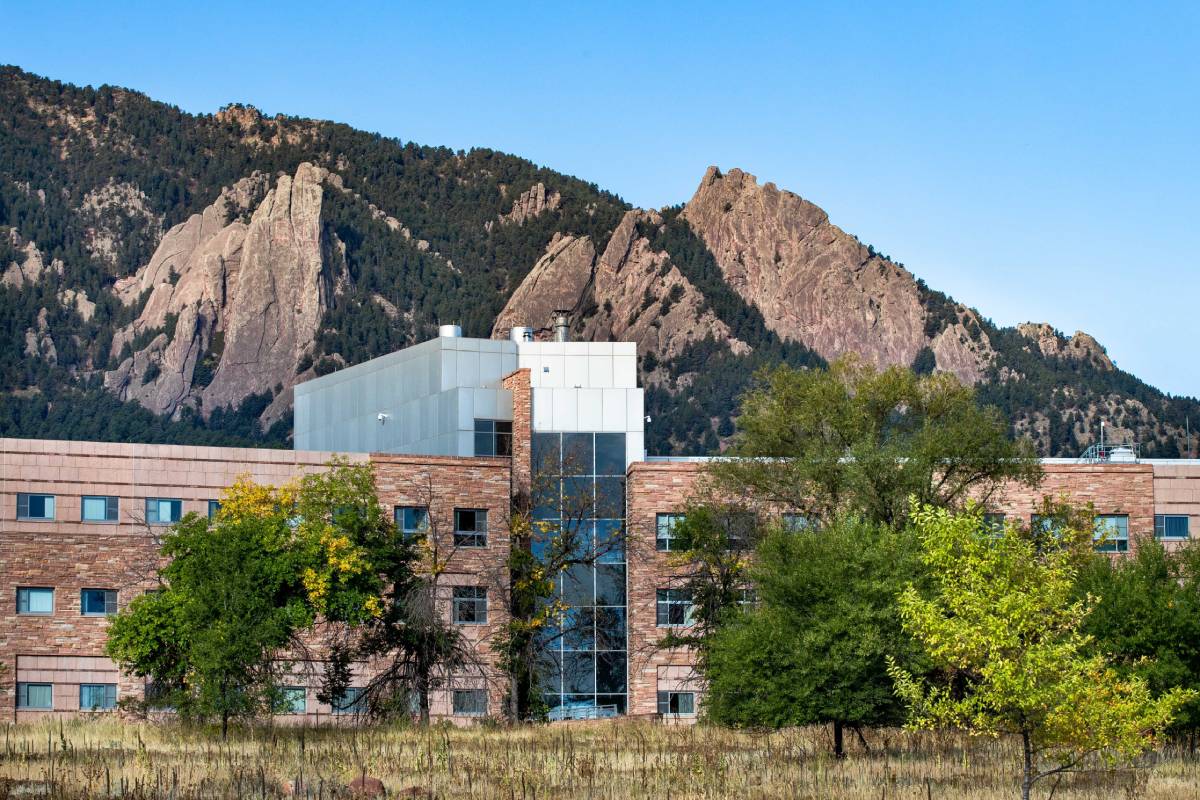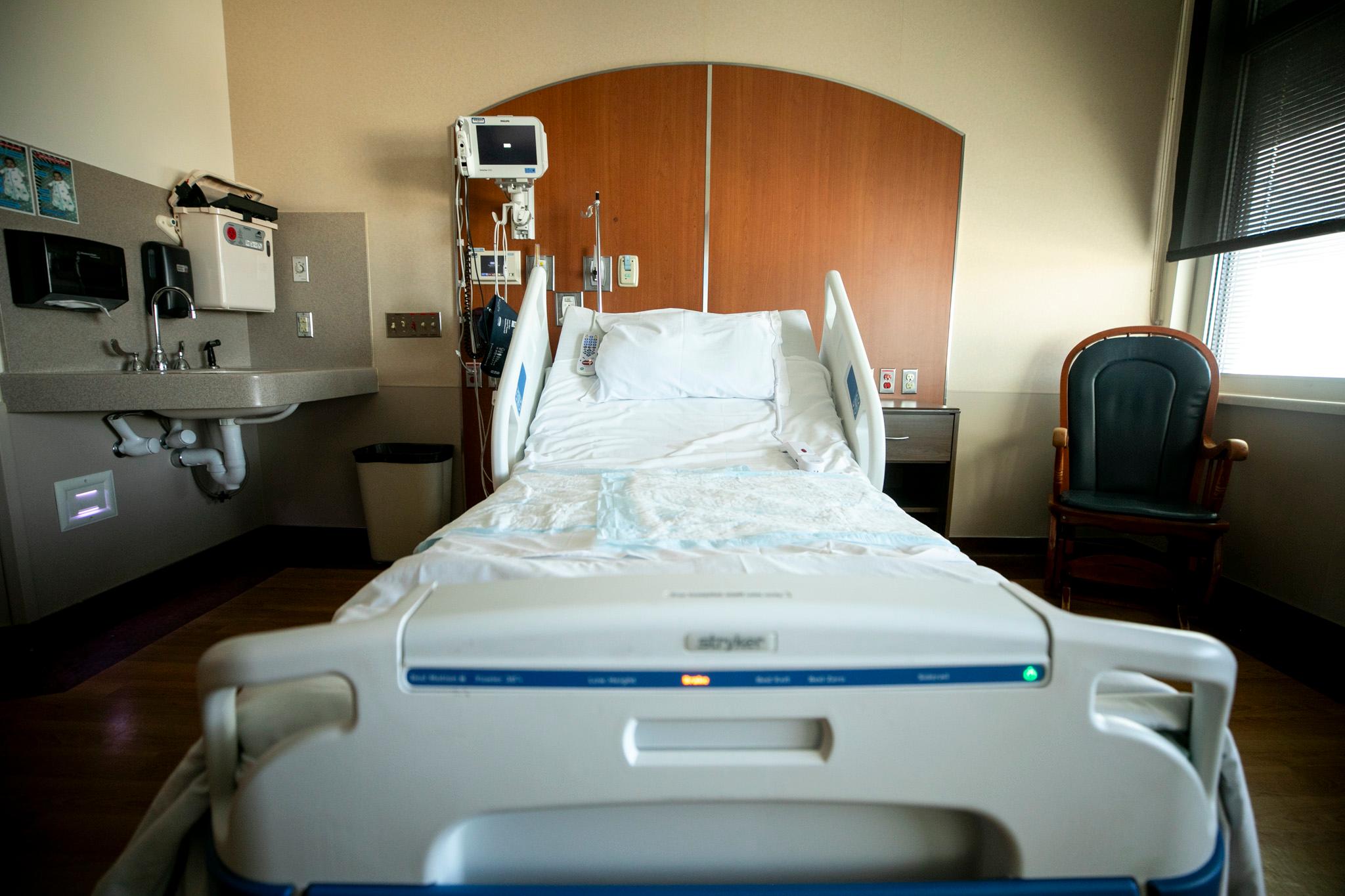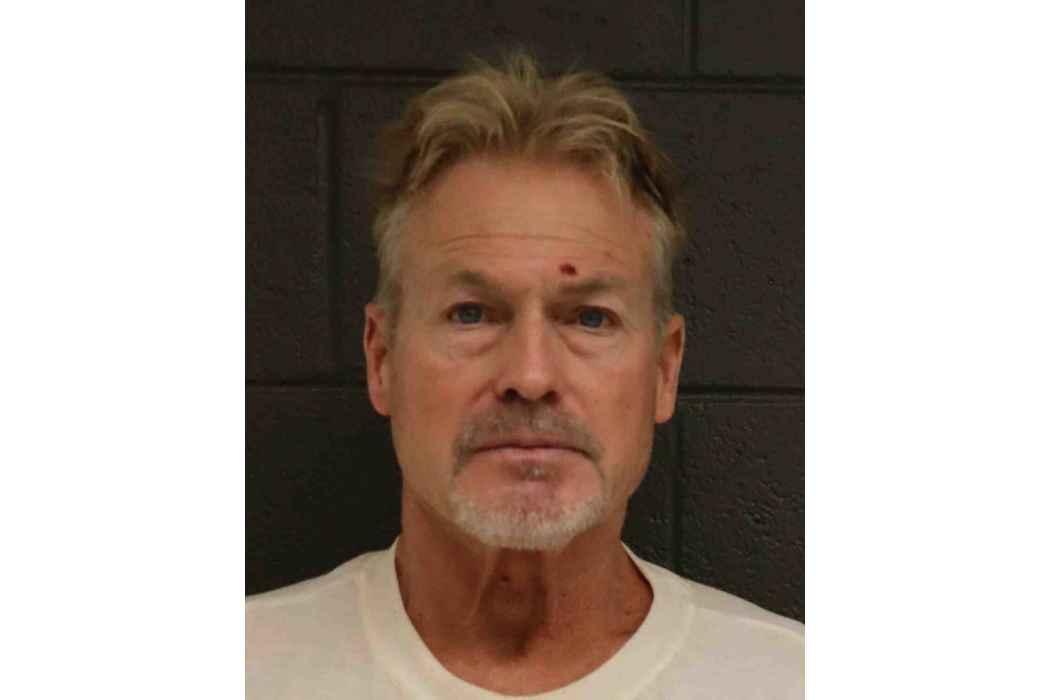Last week, we talked about the hidden beauty of Comanche National Grassland, in southeastern Colorado. We talked about the abundant wildlife and the rock art. But there’s so much more.
Also in the canyon are ruins of a squatter's cabin, similar to ruins seen all over the grasslands -- stacked but crumbling walls of rocks.

Just west, on the rim of Hope Canyon, hikers can see Oklahoma. They also can see black rocks growing fluorescent green lichen, a cottontail nibbling some lunch, a horned toad sunning itself atop a flat rock, and mule deer meandering the stream bed in the canyon below. Still farther west, in Carrizo Canyon, it's not unusual to spot wild turkeys, bighorn sheep, an occasional coyote and a surprisingly green landscape.
In contrast to the yucca- and cactus-dotted prairie above, this canyon is lush with cottonwoods, pinon trees, bolder wildflowers and green grass. The fractured rock walls make a spectacular backdrop. Leaving the canyon, stop at the Carrizo Picnic Area (watch for the sign) to see more rock art.
You’ll see remnants of the Santa Fe Trail, which ran through here. Most of it is obscured, though by wind, water and cattle. But long before merchants and settlers created trails, dinosaurs lived here. One of the most remarkable fossil finds ever - the entirely intact 40-foot skeleton of a plesiosaur, was found here in 1939. It now resides in the Denver Museum of Natural History. Perhpas you’ve seen it.
Later-- much later -- Comanches, Utes and Apaches roamed this land, wintering in the sheltered canyons and hunting the rich prairie. Tipi rings still can be found in Picture Canyon.
Conquistadors crossed the region in the 1500s (but they left no discernable remnants), yet the native American tribes remained mostly undisturbed until the 1800s.
In the 1840s the area was considered part of the state of Texas until Texas ceded it to the federal government as public domain. In 1854, it became part of Kansas Territory and in 1861 it was made part of the Territory of Colorado.
Almost immediately, herds of cattle began traversing the grasslands and in 1914, the Homestead Act drew intrepid pioneers to the area.
In the 1930s, too much of the plow and the cow created a dust bowl. The federal government bought out many farmers and returned the damaged terrain to its natural state. Chunks of government land still are grazed by private cattle, by arrangement, and the forest service oversees the land's use to make sure another dust bowl doesn't occur. Some oil wells also have been drilled in the area, and the rangers keep a close eye on those operations as well.
The rangers also oversee hunting season, which draws hundreds of visitors each autumn. Hunters can stalk everything from quail, pheasants and wild turkeys to deer and antelope.
Throughout the grasslands, directional and interpretive signs have been erected so visitors can take self-guided tours. A picnic area, trailhead facilities and a 22-mile trail system also are available.
The solitude here is pervasive. Yours may be the only car at a trailhead. After a time, the vast emptiness of the landscape becomes comfortable, and even the sleepy town of La Junta will seem alarmingly full of people.
This quiet place can grow on you.
WEB-EXTRA
IF YOU GO
A visit to the Comanche national Grasslands will be more fun if you keep a few cautions in mind:
GETTING AROUND: Only a few roads have names. Visitors have to follow "pasture" signs to figure out where they are. The map of the area is marked in square-mile blocks designated by such marks as Pasture 16G or Pasture 8A, for example. Once you get used to the system, it's fairly easy to follow. Main roads are mostly unpaved and secondary roads can be rough, sometimes almost non-existent, and high-clearance and four-wheel-drive vehicles are best for traveling the area. Traffic is sparse. It's a good idea to stop and get a map before you go in. It’s easy to get turned around out here. If you plan to go when the ranger station is closed (weekends), go online and buy one before you go: http://www.publiclands.org/explore/site.php?id=5508.
STEP CAREFULLY: Not only do cattle wander this range, so do many critters you might not want to walk on. Listen for rattlers and check the few public restrooms before you go in. Snakes like to use them for shedding their skin. Tarantulas also reside here.
BE PREPARED: Wear sunscreen any time of year. You're at 4,000 feet and you will burn easily. Take plenty of drinking water, especially in the summer. There are no convenience stores or service stations out here.
SAFETY: And remember, the first four letters of wildlife are w-i-l-d. Don't provoke or approach wild animals. Enjoy them from a safe distance. Even a prairie dog will bite if it's frightened.
FIRES: Don't light fires except in campground fire pits. The area is usually dry and volatile. A number of prairie fires occur here each year and about half are started by humans. Don't toss a smoldering cigarette, either. Once a fire starts, it can't be stopped till it hits a road - and they're pretty far apart.
INFORMATION: U.S. Forest Service ranger station, 27162 Highway 287 in Springfield; call 719-523-9970. Hours are 7:30 a.m.-4:30 p.m. Mondays-Fridays. Or go online to http://www.publiclands.org/explore/site.php?id=5508.

Linda DuVal is the former travel editor for The Gazette, a freelance travel writer and winner of several Lowell Thomas awards. She is the co-author of Insider’s Guide to Colorado Springs and writes a local Web site, Pikes Peak on the Cheap (www.pikespeakonthecheap.com).
Colorado Traveler airs Sundays before the Splendid Table and Wednesdays at 11:55am.







